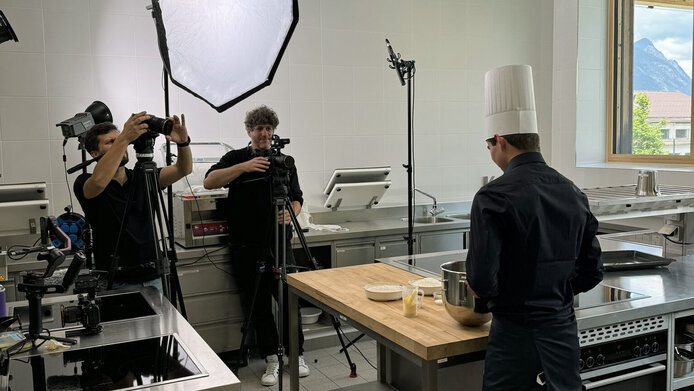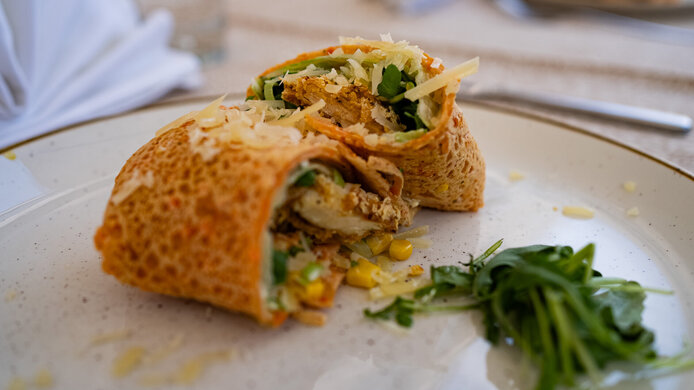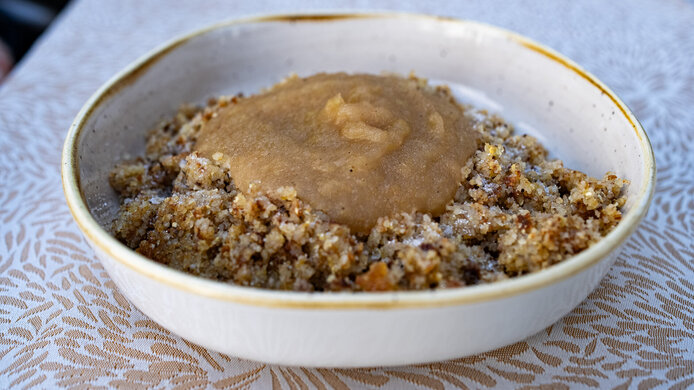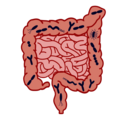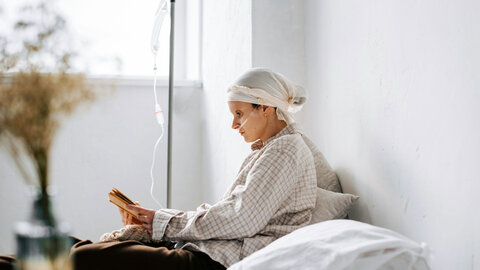Personal details
David Berry is Professor of Human Microbiome Research at the Center for Microbiology and Environmental Systems Science at the University of Vienna. Hailing from the USA, he came to Vienna as a postdoc and has been working on the gut microbiome and the ecology and evolution behind microbes ever since.
Annelieke Overbeeke researched how intestinal bacteria process dietary fiber from food as a doctoral student in Berry's lab. With her Darm Kram initiative, she has switched to science communication and seeks to motivate people to keep their microbiome healthy.
“BaMiKo: Fibers, Microbiology and Cooking” receives EUR 76,000 in funding from the Austrian Science Fund FWF under its Science Communication Program. Besides the University of Vienna and Darm Kram, the not-for-profit association Open Science, the HBLFA Tirol (Higher Federal Teaching and Research Institute for Agriculture and Nutrition as well as Food and Biotechnology) and the film producers zimtnow are also involved in the project.
